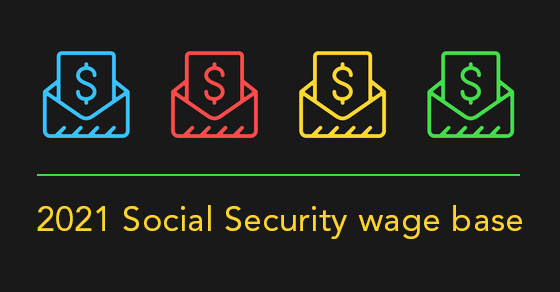Small business owners are well aware of the increasing cost of employee health care benefits. As a result, your business may be interested in providing some of these benefits through an employer-sponsored Health Savings Account (HSA). Or perhaps you already have an HSA. It’s a good time to review how these accounts work since the IRS recently announced the relevant inflation-adjusted amounts for 2021.
The basics of HSAs
For eligible individuals, HSAs offer a tax-advantaged way to set aside funds (or have their employers do so) to meet future medical needs. Here are the key tax benefits:
- Contributions that participants make to an HSA are deductible, within limits.
- Contributions that employers make aren’t taxed to participants.
- Earnings on the funds within an HSA aren’t taxed, so the money can accumulate year after year tax free.
- HSA distributions to cover qualified medical expenses aren’t taxed.
- Employers don’t have to pay payroll taxes on HSA contributions made by employees through payroll deductions.
Key 2020 and 2021 amounts
To be eligible for an HSA, an individual must be covered by a “high deductible health plan.” For 2020, a “high deductible health plan” was one with an annual deductible of at least $1,400 for self-only coverage, or at least $2,800 for family coverage. For 2021, these amounts are staying the same.
For self-only coverage, the 2020 limit on deductible contributions is $3,550. For family coverage, the 2020 limit on deductible contributions was $7,100. For 2021, these amounts are increasing to $3,600 and $7,200, respectively. Additionally, for 2020, annual out-of-pocket expenses required to be paid (other than for premiums) for covered benefits could not exceed $6,900 for self-only coverage or $13,800 for family coverage. For 2021, these amounts are increasing to $7,000 and $14,000.
An individual (and the individual’s covered spouse, as well) who has reached age 55 before the close of the tax year (and is an eligible HSA contributor) may make additional “catch-up” contributions for 2020 and 2021 of up to $1,000.
Contributing on an employee’s behalf
If an employer contributes to the HSA of an eligible individual, the employer’s contribution is treated as employer-provided coverage for medical expenses under an accident or health plan and is excludable from an employee’s gross income up to the deduction limitation. There’s no “use-it-or-lose-it” provision, so funds can be built up for years. An employer that decides to make contributions on its employees’ behalf must generally make comparable contributions to the HSAs of all comparable participating employees for that calendar year. If the employer doesn’t make comparable contributions, the employer is subject to a 35% tax on the aggregate amount contributed by the employer to HSAs for that period.
Paying for eligible expenses
HSA distributions can be made to pay for qualified medical expenses. This generally means those expenses that would qualify for the medical expense itemized deduction. They include expenses such as doctors’ visits, prescriptions, chiropractic care and premiums for long-term care insurance.
If funds are withdrawn from the HSA for any other reason, the withdrawal is taxable. Additionally, an extra 20% tax will apply to the withdrawal, unless it’s made after reaching age 65, or in the event of death or disability.
As you can see, HSAs offer a flexible option for providing health care coverage, but the rules are somewhat complex. Contact us with questions or if you’d like to discuss offering this benefit to your employees.




